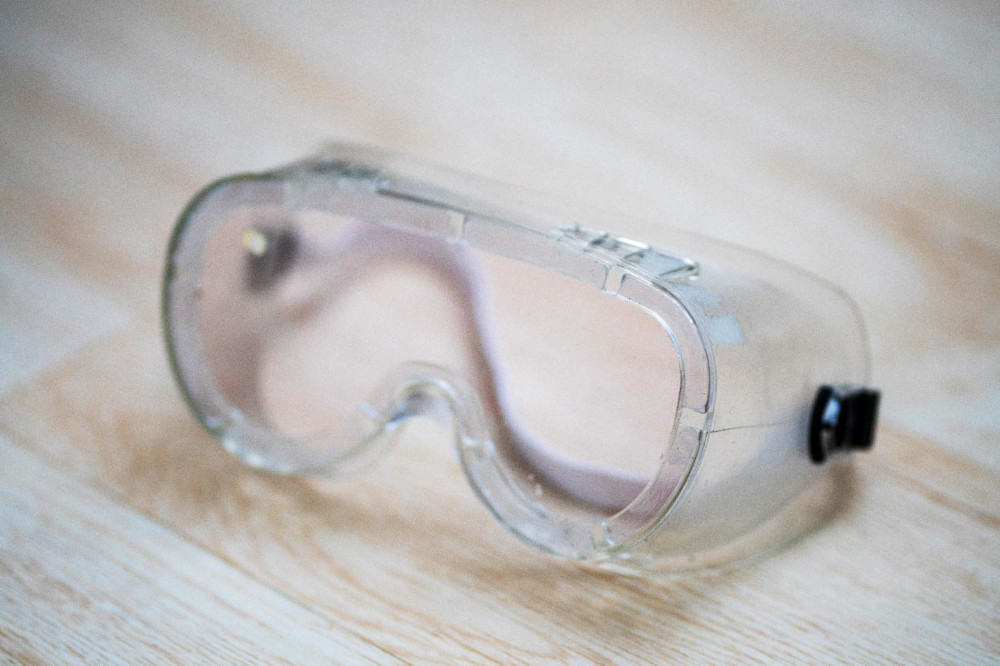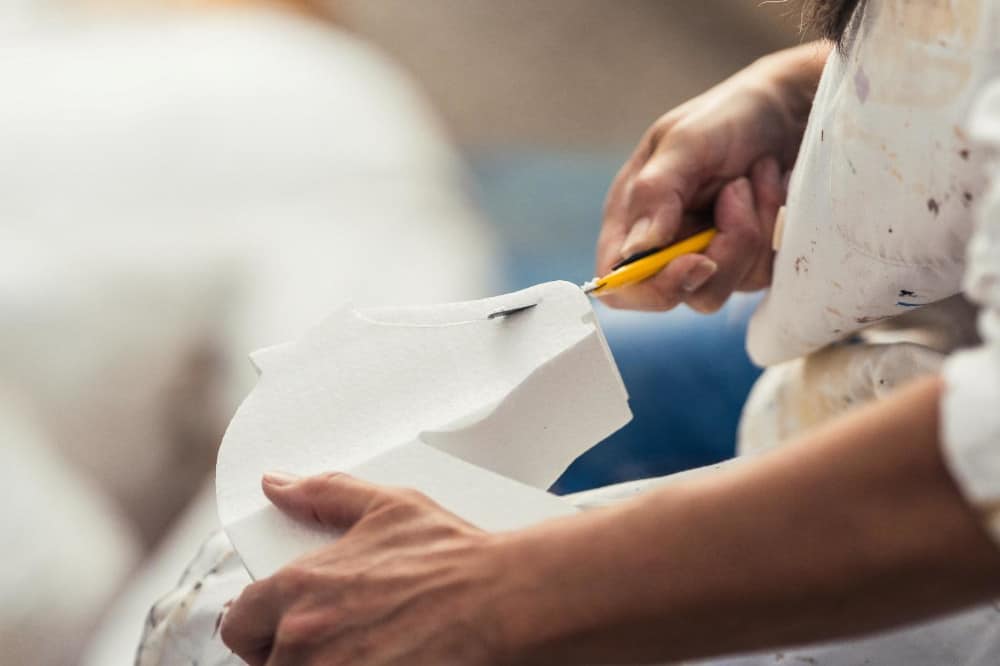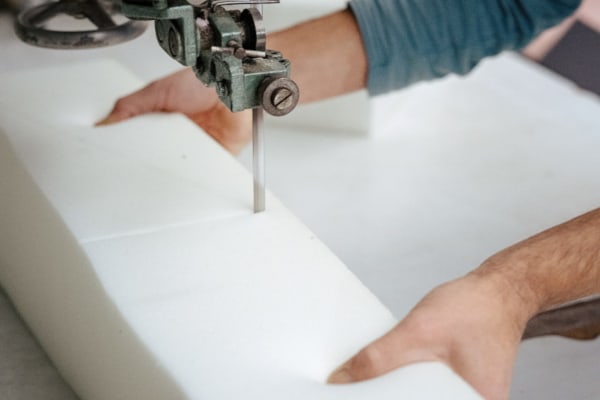Safety Tips for Foam Cutting
Regardless of the type of foam you’re working with, it’s essential to prioritize safety. At FoamOrder, we provide top-quality foam materials and prioritize safety by offering guidance on best practices and material safety data sheets. To further ensure your safety, follow these steps:

Ventilation
Work in a well-ventilated area or use a mask when cutting foam, especially polystyrene. Proper ventilation helps reduce the inhalation of any potentially harmful particles.
Eye Protection
Wear safety goggles or glasses to protect your eyes from foam particles and debris. Foam cutting can produce small particles that may cause irritation or injury if they come into contact with your eyes.
Keep Tools Sharp and Watch Electrical Cords
Ensure your cutting tools are sharp, as dull blades can lead to accidents and rough cuts. Regularly replace blades to maintain clean and precise cuts. Be sure that you are always aware of where electrical cords are and will be during your cutting to ensure you don’t cut the cord. A best practice is to simulate your full cutting plan/movements to ensure the cord won’t get in the way.
Mind Your Fingers
Pay close attention to your fingers while cutting, and be cautious not to cut yourself. Keep your hands clear of the path of the cutting tool to prevent accidents.
Dispose of Foam Properly
Properly dispose of any foam waste according to local recycling or disposal guidelines. Some types of foam can be recycled, while others may need to be disposed of in a specific manner.
Cutting foam is fundamental for diverse DIY ventures, spanning upholstery, crafting, insulation and packaging. At FoamOrder, we recognize the importance of selecting the ideal foam type, using the right tools and adhering to stringent safety measures to attain immaculate, precision cuts for your unique projects. Whether you’re tackling upholstery, EVA, polystyrene or closed-cell foam, these tried-and-true techniques are your gateway to professional-grade outcomes. Explore various methods to tailor your approach to the specific demands of your project, and unlock the boundless creative potential that foam offers in your DIY pursuits.





